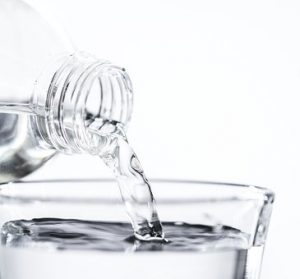Studies show that only 3% of the world’s water is suitable for consumption. Surprisingly, 2% of that amount is found in glaciers and ice caps. Across the world, over 2 million tons of sewage gets discharged into the water bodies, and over two million children die because of waterborne diseases. That explains why wastewater treatment is now one of the primary priorities around the world.
Wastewater treatment is defined as the process of getting rid of contaminants in water that render water unsuitable for consumption. The innovative process is regarded as the main drive for producing portable, safe water to people who did not enjoy this basic human right.
Prevents Disease
 Water will contain chemicals and bacteria that would cause death and disease to people who consume it. Ideally, the microscopic organisms that are present in the water are responsible for certain diseases such as cholera, gastroenteritis, and dysentery. Therefore, wastewater management plays a critical role by removing over 97% of contaminants from water that would be quite harmful when it is ingested. Ideally, water passes through the filters that kill destructive organisms and contaminants. That ensures no bacterium enters other water sources that can harm people, animals, and plants.
Water will contain chemicals and bacteria that would cause death and disease to people who consume it. Ideally, the microscopic organisms that are present in the water are responsible for certain diseases such as cholera, gastroenteritis, and dysentery. Therefore, wastewater management plays a critical role by removing over 97% of contaminants from water that would be quite harmful when it is ingested. Ideally, water passes through the filters that kill destructive organisms and contaminants. That ensures no bacterium enters other water sources that can harm people, animals, and plants.
Provides Clean Water
The fact that the amount of clean water available cannot sustain the world population, there is a need to produce more water and supply to everyone. We can achieve this through wastewater management by taking excess or used water and filtering out the harmful contaminants and leaving a water source that is safe and clean. Also, this removes the fear of water shortages, droughts, and harmful water supplies. That is because the water can be reused now and again.
Helps the Environment
It is estimated that a liter of wastewater that is untreated pollutes 8 liters of fresh water. That is because wastewater management removes harmful bacteria and reduces waste in the water supply. It has the potential of protecting wildlife and fish by supplying clean water to streams and local rivers. The good thing about this process is eco-friendly and reduces the water that is regarded as unsanitary and disposed of as required.
A lot of biodegradable material is removed from wastewater during the treatment process. That can be used to produce methane gas and as a source of electricity. You can use the methane gas to power the treatment itself.

